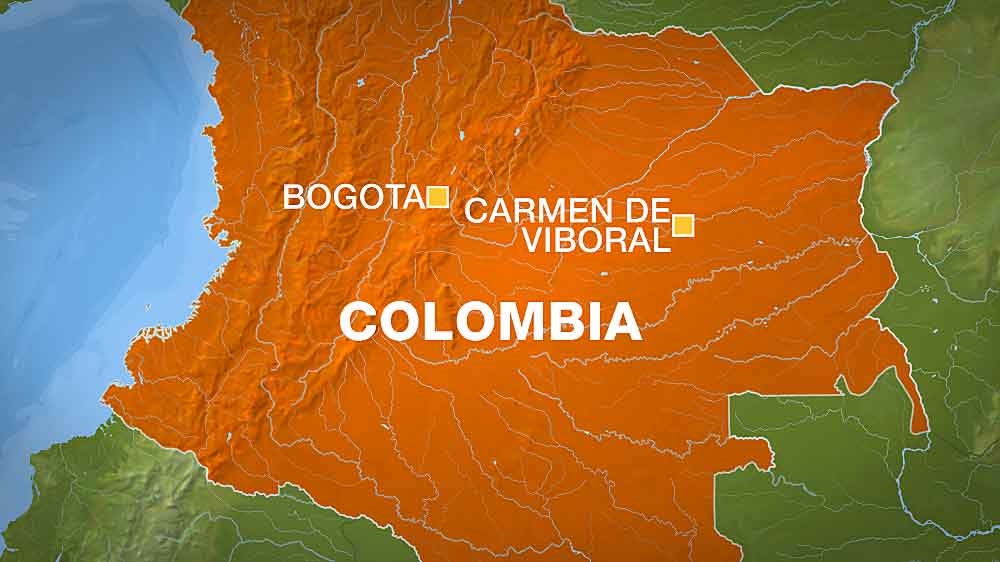Colombians face perils trying to remove landmines
Long-drawn-out conflict between government and leftist rebels leave country with task that will take decades to finish.

Decades of conflict between the government and leftist rebels in Colombia have turned much of the countryside into a minefield. About 11,000 people have either been killed or injured by the explosive devices since 1990.
Mountain passages were strategic locations where mines were placed by rebels to keep the military at bay. Some times the rebels made maps, but often did not.
Locating and deactivating the explosives comes with unique complications. The mines are often made from coffee cans or PVC pipes, with syringes as detonators. When metal detectors do not work, the deminers need to dig underneath manually the entire area.
![About 11,000 people have either been killed or injured by landmines in Colombia since 1990 [EPA]](/wp-content/uploads/2015/08/f7f8369d4e9f4e5da24483ded0a0c257_18.jpeg)
Demining is a painfully slow process that requires great caution. In a day of work only between two to four metres are cleared. Fortunately, some former rebels are using their expertise to make up for their past actions planting mines.
Recently, in an important step for peace, the Bogota government and FARC, the biggest rebel group, started a joint landmine-removal operation. But at this pace, it will take decades before the job is finished.
Meanwhile, FARC has yet to commit to not planting any more of these deadly devices.
Al Jazeera’s Alessandro Rampietti reports from Carmen de Viboral in Colombia.
